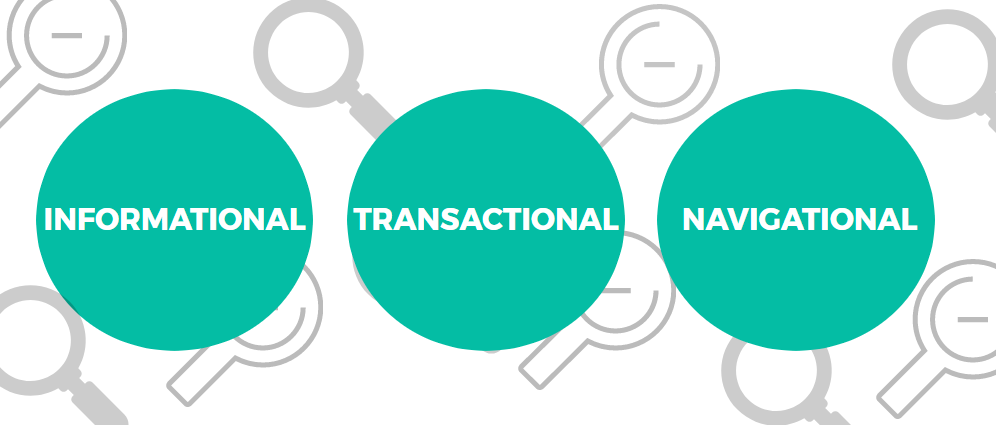Search Intent – Transactional Vs. Informational Results

What is search intent
In the world of search there can be a lot of confusion around which keywords or phrases you should target as a business. Certain search queries can mean different things to different people. An example search query could be “Ray-Ban Sunglasses”. There are many possibilities of what the searcher could be looking for:
- Images of Ray-Ban Sunglasses
- Compare Ray-Ban Sunglasses online
- Find out where to buy Ray-Ban Sunglasses locally
- General information on Ray-Ban Sunglasses
This can make it very difficult to fully understand what the user is searching for. Adapting some methods from this post could ensure that you are capturing audience searching with different intents.
Different types of search intent
We have categorised different search intents under the following categories:
- Informational – These types of queries are when users are looking to gain knowledge around their search query. So, they may use terms like “what is”, “how to”, “why is”.
- Navigational – A Navigational query is usually where a searcher is looking for something specific. For example users may enter “YouTube” or “Tesco” rather than entering the URL directly.
- Transactional – This type of query relates to a user searching with a specific intent to buy. This usually means they are in a position to convert if they land on your website. Examples of these types of queries could include the following “buy”, “purchase”, “order”.
In this post we will be concentrating on how to best optimise your site for informational content.
Why is search intent important
Search intent is important as it allows you to satisfy the needs of the searcher. If the searcher is looking for a source of information it is advisable to provide this information, so your site is deemed more relevant for the target user. Meeting the needs of the searcher can result in higher traffic, higher conversions, lower bounce rates and more time on site.
How to ensure your target page meets the intent of the search query
When the top results are predominantly informational results, it is still possible to rank a Transactional page by ensuring the page meets both intents by intersplicing transactional and informational geared sections. An example of how a page could be structured to meet both a transactional and informational intent:
- Call to action
- Informational focus – answer the “What is…” question.
- Transactional focus – Information about your products/services
- Call to action
- Informational focus – answer the “Why do you need…” question
- Transactional focus – “Benefits of using your service/product”
- Informational focus – answer the “Types of…” question
- Call to action
- Informational focus – how does it work?
- Awards/accreditations/case studies/testimonials
- Call to action